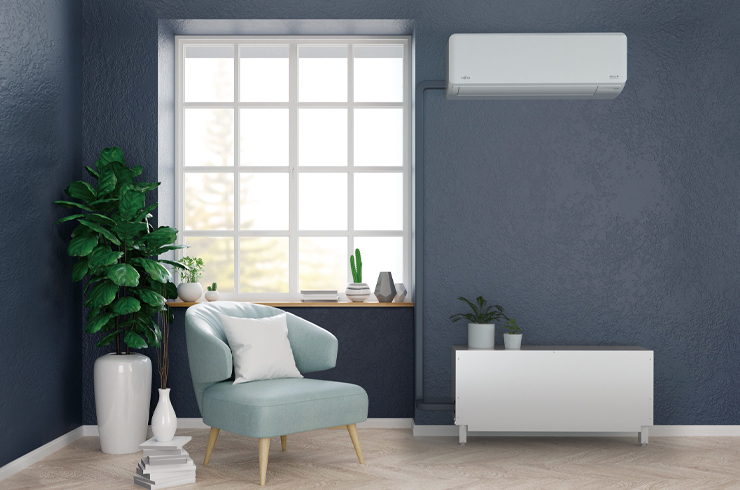A recent Washington Post article questioned why more people weren’t opting for heat pumps in new and retrofitted installations. Headlined, “Heat pumps are efficient and eco-friendly. So why do Americans barely use them?” the article reported that energy officials, lawmakers, and scientists tout the devices as inexpensive, energy-efficient systems that significantly reduce greenhouse gas emissions over traditional heating and cooling devices. All true. But the system lacks popularity in parts of the United States because of low public awareness, high installation costs, and what experts consider a misleading name.
Ah, the name. Heat pumps are heating and cooling pumps. Throughout the desert areas, they are popular for their cooling ability as well as the heat they can produce. And they can replace more traditional units, such as the PTAC—packaged terminal air conditioner.
A comprehensive, strategic approach to energy management can improve the energy efficiency of multifamily properties by 15-30% and save $3.4 billion in utility costs, according to American Council for an Energy-Efficient Economy. In commercial, residential, and even multifamily housing, the heat pump can be the best choice for heating and cooling.
Fujitsu General America, a manufacturer of ductless cooling and heating systems, has introduced its STHP (Split Terminal Heat Pump) HVAC series for use in all types of multifamily housing properties. The inverter-driven heat pump offers a more energy-efficient, reliable, and quieter alternative to conventional PTAC and (PTHP) (packaged terminal heat pump) units – ideal for either system upgrading or new construction.
The system offers an array of features and benefits to optimize overall return-on-investment and end-user experience. STHP units boast up to a 58% reduction in electricity costs because they reach the set temperature faster than its PTAC counterparts and maintain the desired temperature for a longer period. They provide up to a 21.3 SEER rating, well above the Energy Star minimum of 14.5 for air conditioners.
Perfect for extreme weather, the systems are effective even with outdoor temperatures as low as 5 degrees. The systems are a long-term investment proving to have 2-3 times the lifespan of most PTACs and are supported by a 10-year parts warranty, representing a customer commitment that is twice as long as many PTAC warranties.
Management is empowered with complete advanced system control by incorporating various potential options. Interlocking with external devices make the system capable of being controlled through a field supplied key card switch or other sensors. Compatible with Fujitsu’s BACnet and Modbus gateways, it can be easily integrated into most centralized building management systems. Various remote-control options are available including Fujitsu’s free FGL air app that enables remote operation via smartphone or tablet anytime or anywhere.
The new systems are up to 87% quieter than a standard PTAC system. Constant comfort levels are optimized with seven louver settings with auto-swing offering control that can be adjusted in multiple steps. This customization means there is better air mixing to eliminate stratification when heating and the user can direct cold air where needed when cooling a room. The indoor unit includes a handheld remote control for optimal resident convenience.
Want to tweet about this article? Use hashtags #construction #sustainability #IoT #cloud


